Showsui Maekawa Satsuma Biwa

- 2018/05/13
- Place: Nara
- Naramachi Satsuma Biwa Concert
What’s Satsuma-biwa?
“Biwa” instrument is considered to have its origin in Persian string instrument. It was brought from Persia to Japan along the Silk Road in Nara period.
It has varied depending on the period and now has 5 kinds of instruments; Gakubiwa, Heike-biwa, Moso-biwa, Satsuma-biwa, and Chikuzen-biwa.
Satsuma-biwa, having its origin in Moso-biwa, was designed in Satsuma area (currently in Kagoshima Prefecture), and has been handed down mainly by warriors. The instrument is comparatively bigger than other types, has a greater width, and is played with especially large “Bachi”, plectrum. A player of Satsuma-biwa sings a song along with playing the instrument, and songs cover stories of various periods and people including battle stories.
Story line of today’s musics
“Hourai-san”
The music, that is to celebrate peace over the land, has been enjoyed around Satsuma area for a long time. By Chinese ancient eras with the peaceful period, it is to wish the everlasting peace. The part of lyrics, “Reign of Your Majesty will not change for thousands of years until pebbles gather to form a rock and wear moss”, is considered as an origin of Japan’s National Anthem after Meiji Restoration.
“Takamori Saigo” (the first part)
Takamori Saigo played the leading role of Meiji Restoration and participated actively in Meiji new government. He resigned the post due to sharp differences within the government and started to teach youngsters in Kagoshima, his hometown.
However, as the young warriors’ frustration was brought to the boiling point, Saigo cannot help departing as a marshal of the rebel army against the government.
The battle against the government lasted for months, and the Satsuma army was obligated to retreat to its castle. The night before the day of a full-scale attack by the government, this music of Satsuma-biwa resonated for the warriors drinking together at a final farewell.
“Takamori Saigo” (the second part)
In the early morning on September 24th, 1877, the government army started its full-scale attack against the Satsuma army. Although the elite warriors, well trained by Saigo, bravely fought against them, the government army, superior in numbers, gradually led a military disadvantage for the Satsuma army.
Saigo, smiled after seeing the bitter fighting, said he had nothing to regret in this world, then fell in the final fight along with other fellows at Iwasaki-dani.
She is from Osaka, apprenticed herself to Teisui Nakano, the Satsuma-biwa teacher and player in Kinshin-ryu in July 2007. She is skilled at singing and playing the Satsuma-biwa vigorously following a feature of the samurai culture. She is also interested in playing “Otogi-biwa” music, singing about the Japanese fairy tales in present language.
She is a director of Kinshin-ryu Osaka-Issui-kai, Osaka branch.
She is from Nara and has been playing the flute since her childhood and engaged in various musical activities by the flute.
Later she has become interested in traditional music in Japan and apprenticed herself to Teisui Nakano, the Satsuma-biwa teacher and player in Kinshin-ryu in 2013, trying to express values of Japanese culture.
She is a member of Kinshin-ryu Osaka-Issui-kai.

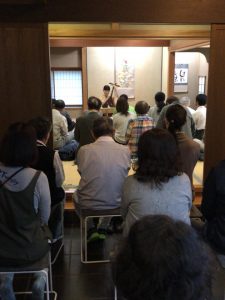
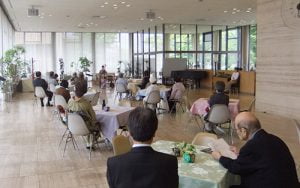
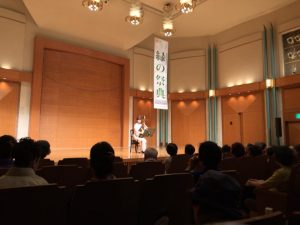

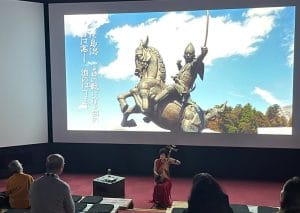
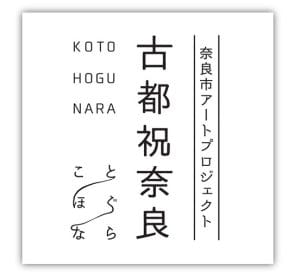
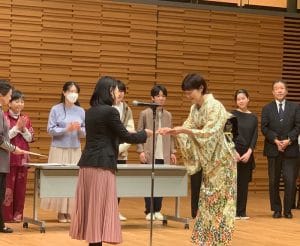

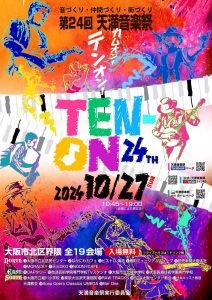
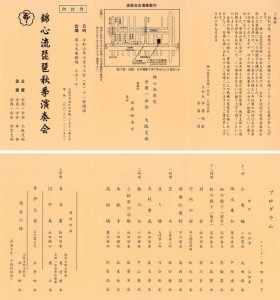
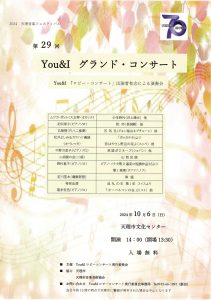
コメント